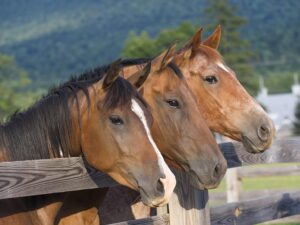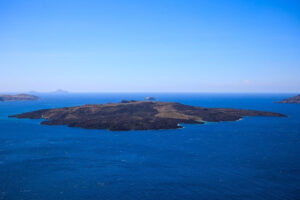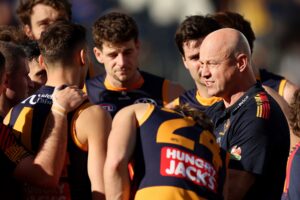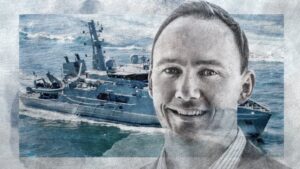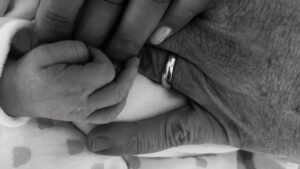
NASA astronaut Barry “Butch” Wilmore has announced his retirement after a distinguished 25-year career, during which he flew in four different spacecraft and spent a total of 464 days in space. Wilmore, a Tennessee native, leaves behind a legacy of dedication and achievement that has inspired colleagues and future explorers alike.
Wilmore’s journey to the stars began with his education in electrical engineering, earning both bachelor’s and master’s degrees from Tennessee Technological University, followed by a master’s in aviation systems from the University of Tennessee. His military career as a decorated U.S. Navy captain saw him fly numerous tactical aircraft from four aircraft carriers during both peacetime and combat operations. A graduate of the U.S. Naval Test Pilot School, Wilmore was selected by NASA to join the ranks of astronauts in 2000.
Legacy of Excellence
Steve Koerner, acting director of NASA’s Johnson Space Center, praised Wilmore’s unwavering commitment to NASA’s mission. “Butch’s commitment to NASA’s mission and dedication to human space exploration is truly exemplary,” Koerner stated. “His lasting legacy of fortitude will continue to impact and inspire the Johnson workforce, future explorers, and the nation for generations. On behalf of NASA’s Johnson Space Center, we thank Butch for his service.”
During his tenure at NASA, Wilmore completed three missions aboard the space shuttle Atlantis, Roscosmos Soyuz, and Boeing Starliner, and returned to Earth aboard a SpaceX Dragon spacecraft. His contributions included five spacewalks, totaling 32 hours outside the International Space Station (ISS).
Mastery and Adaptability
Joe Acaba, chief of the Astronaut Office at NASA Johnson, highlighted Wilmore’s technical prowess and adaptability. “Throughout his career, Butch has exemplified the technical excellence of what is required of an astronaut. His mastery of complex systems, coupled with his adaptability and steadfast commitment to NASA’s mission, has inspired us all,” Acaba remarked. “As he steps into this new chapter, that same dedication will no doubt continue to show in whatever he decides to do next.”
Wilmore’s most recent mission was aboard Boeing’s Starliner spacecraft on June 5, 2024, marking its first crewed flight test mission. He arrived at the ISS the following day, where he undertook various tasks, including a spacewalk to remove a radio frequency group antenna assembly and collecting samples for analysis from the Destiny laboratory and Quest airlock.
A Personal Reflection
Reflecting on his career, Wilmore expressed his lifelong fascination with the cosmos. “From my earliest days, I have been captivated by the marvels of creation, looking upward with an insatiable curiosity. This curiosity propelled me into the skies, and eventually to space, where the magnificence of the cosmos mirrored the glory of its creator in ways words can scarcely convey,” Wilmore shared. “Even as I ventured beyond Earth’s limits, I remained attuned to the beauty and significance of the world below, recognizing the same intricate design evident among the stars is also woven into the fabric of life at home.”
Looking Ahead
Wilmore’s retirement marks the end of an era for NASA, but his influence will undoubtedly persist. His career serves as a testament to the spirit of exploration and the pursuit of knowledge that drives human spaceflight. As NASA continues to push the boundaries of space exploration, Wilmore’s contributions will remain a guiding light for future missions and astronauts.
As the space agency looks toward future missions to the Moon and Mars, the foundation laid by astronauts like Wilmore will be critical. His legacy reinforces the importance of resilience, technical expertise, and the human spirit’s capacity to reach for the stars.

